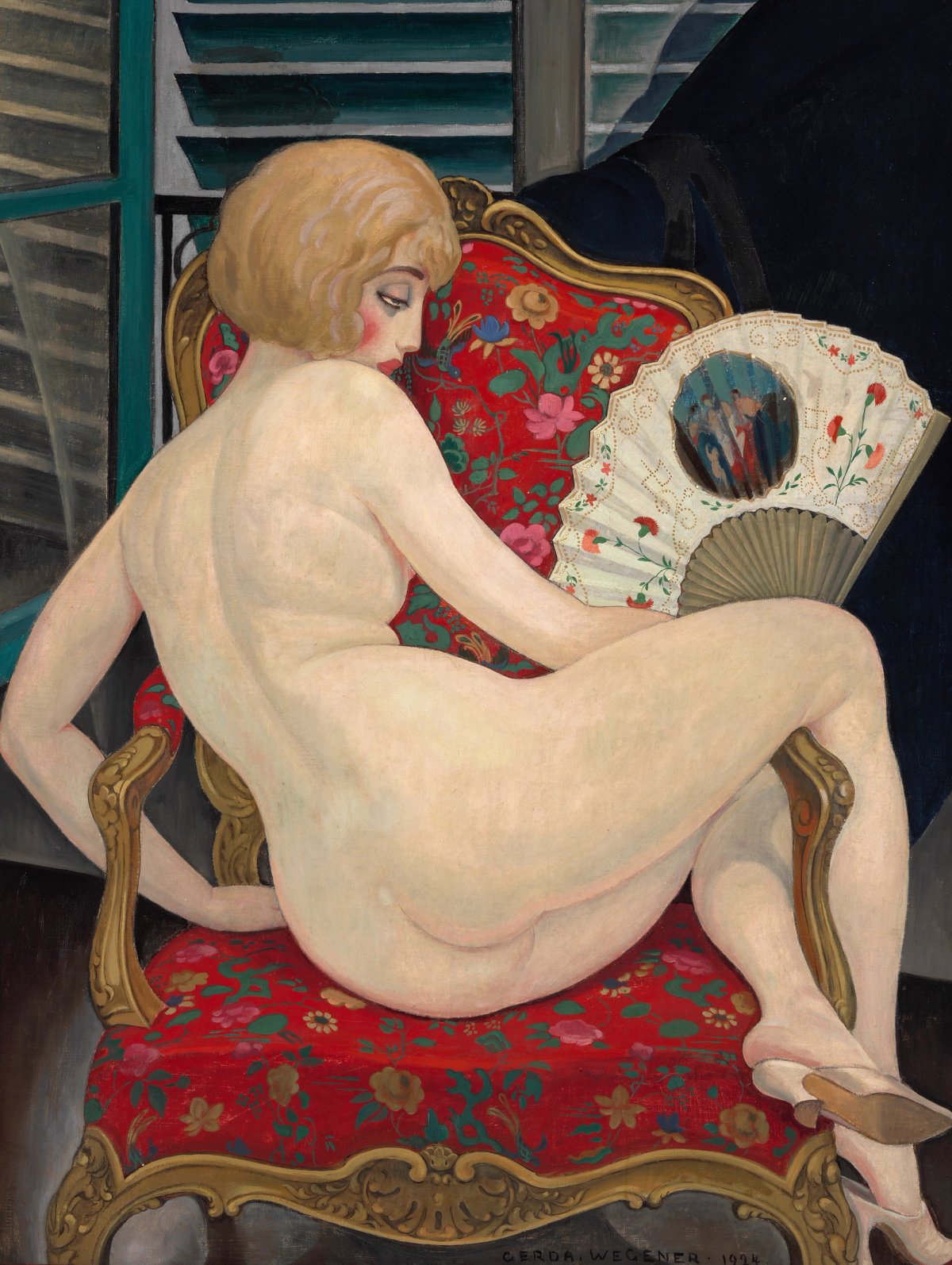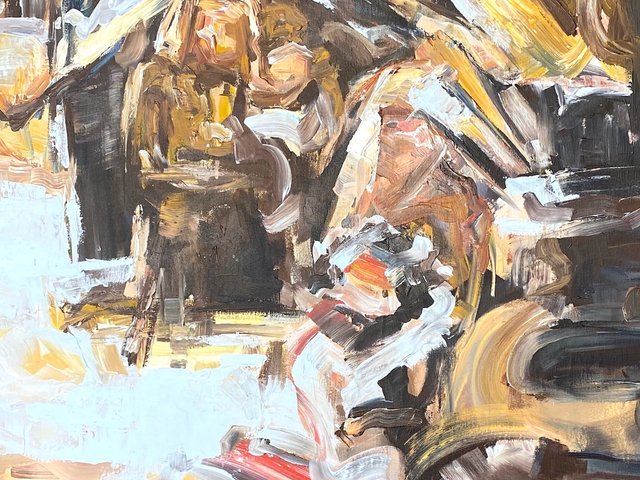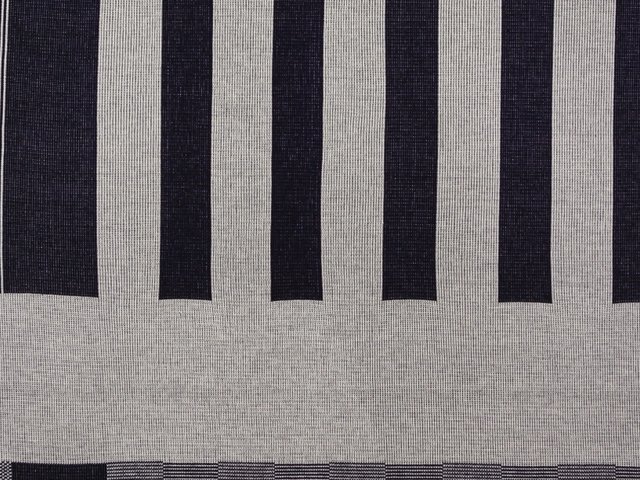A painting depicting Lili Elbe, one of the first transgender women to undergo gender reassignment surgery and the partner of the Danish painter Gerda Wegener, an artist known for her erotic portrayals of lesbian sex scenes, achieved the auction record for a work by Wegener in a sale that aimed to champion women artists, coinciding with International Women’s Day.
The work I sommervarmen (In the Heat of Summer) (1924) was sold today by a private Danish collector for €135,000 (with fees; est. €54,000-€67,000) at Bruun Rasmussen Auctioneers in Copenhagen. It shows Elbe nude with drowsy, smokey eyes and reclining on a Rococo chair, holding an ornate fan in one hand and wearing silk mules and cherry-coloured make-up.
The work was most recently shown in an exhibition devoted to Wegener at the Arken Museum of Modern Art in Copenhagen in 2016. In the catalogue, the curator Tobias Raun writes that similar portraits of Elbe, depicting her with her back to the viewer, “appear inviting but is also a deterrent to keep us from accessing her body”.
Wegener and Elbe’s relationship was dramatised in the Oscar-winning film The Danish Girl in 2015. The British director Tom Hooper based the film on a 2000 novel by the American writer David Ebershoff, which is thought to have warped some of the narrative around their romance; the women were said to have lived more like sisters rather than spouses, and moved to Paris in 1912 so that Elbe could live freely as a transgender woman and Wegener as a lesbian.
“Paris in the 1920s extended the space in which you could challenge the conventional perceptions of male and female, and this was visible in arts, literature and fashion,” says Peter Beck, the auction house’s Modern art specialist. “Wegener felt Elbe was a woman trapped in a man’s body and brought Elbe to life, even though it was a total sacrifice and the cause for the eventual break-up of their marriage.”
Elbe and Wegener met while students at the Royal Danish Academy of Fine Arts and married in 1904. Elbe transitioned in 1930—the same year a Danish court annulled their marriage—and underwent a series of four surgeries, the last of which was unsuccessful. Elbe was a lifelong muse for Wegener and is also depicted in her most famous work, Les femmes fatales (1933) which was sold by Sotheby’s London for €90,000 (with fees; est. €40,000-€60,000) in 2019.
On 26 March, Planting Fields in upstate New York will open the exhibition Fashioning Desire: the Art of Gerda Wegener (until 26 June). The show includes 60 artworks making their US debut, including works Elbe made before abandoning her artistic practice, around the time she transitioned.





